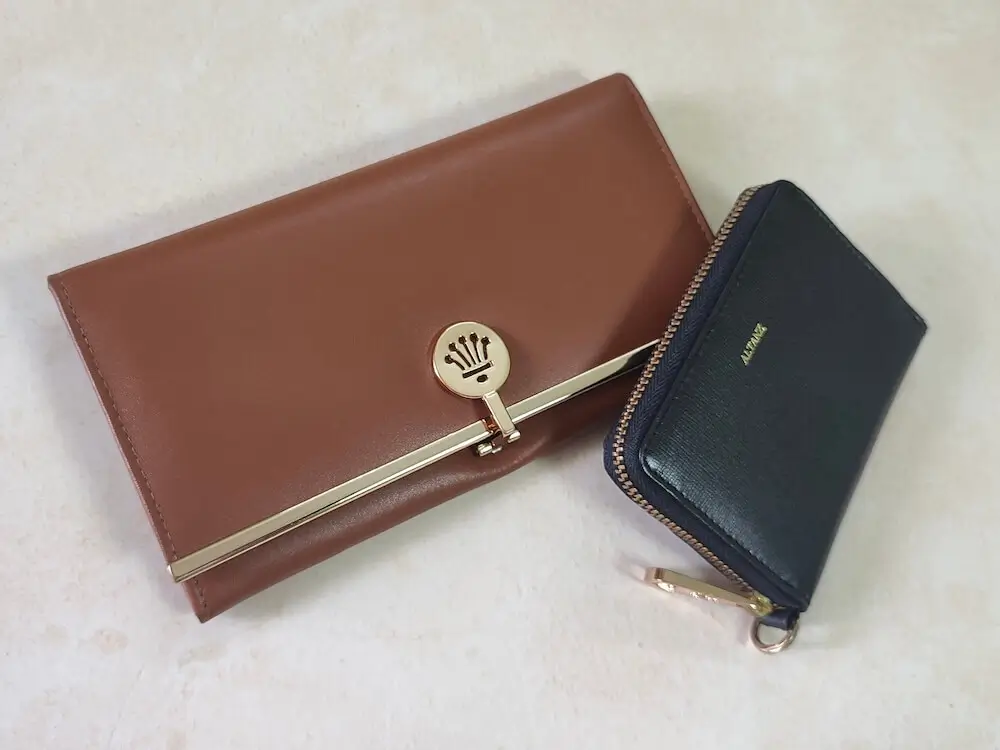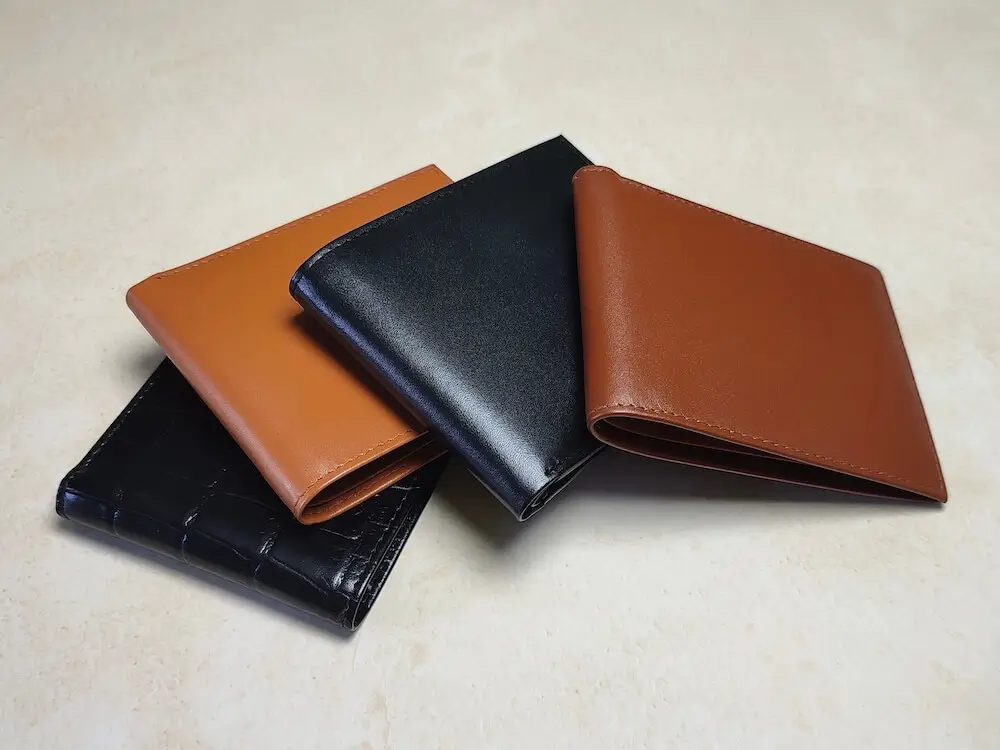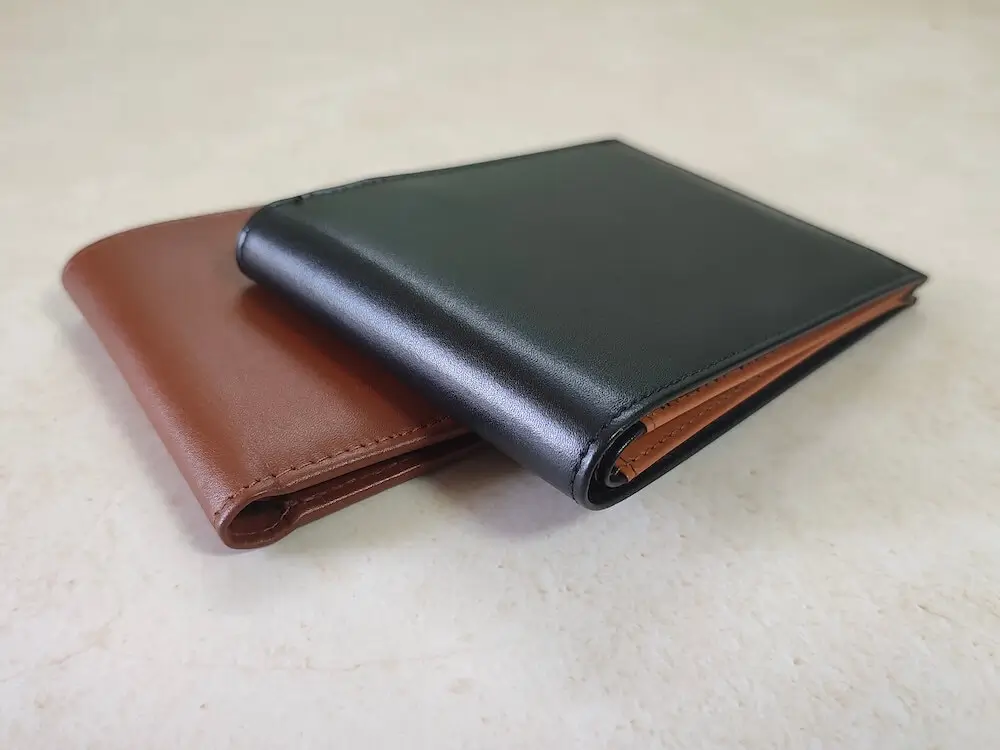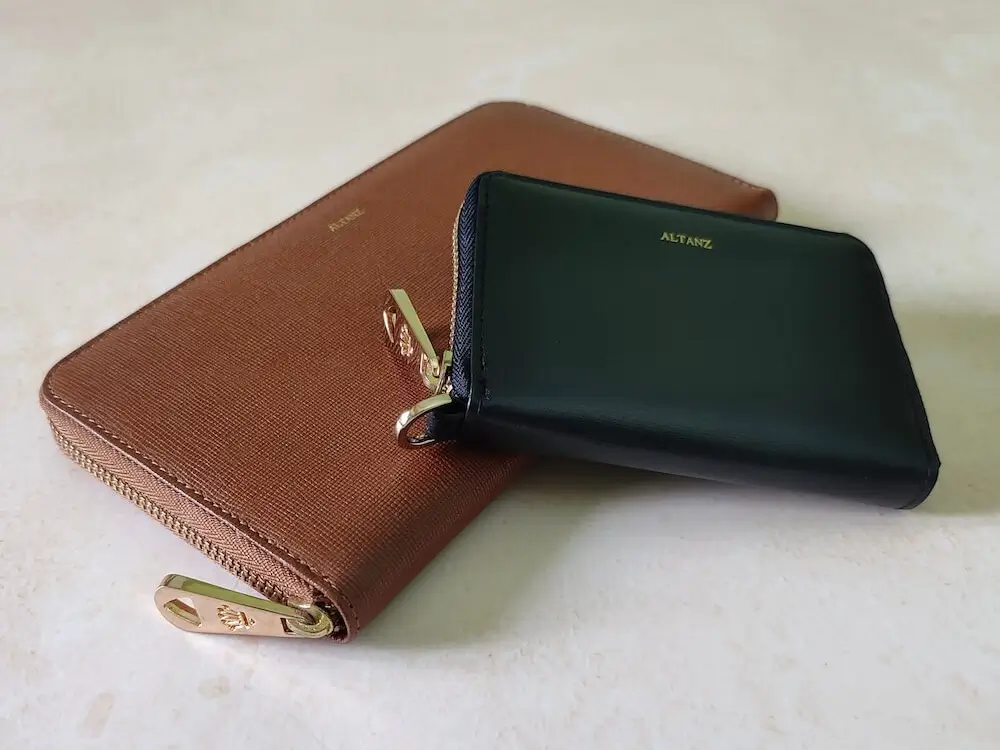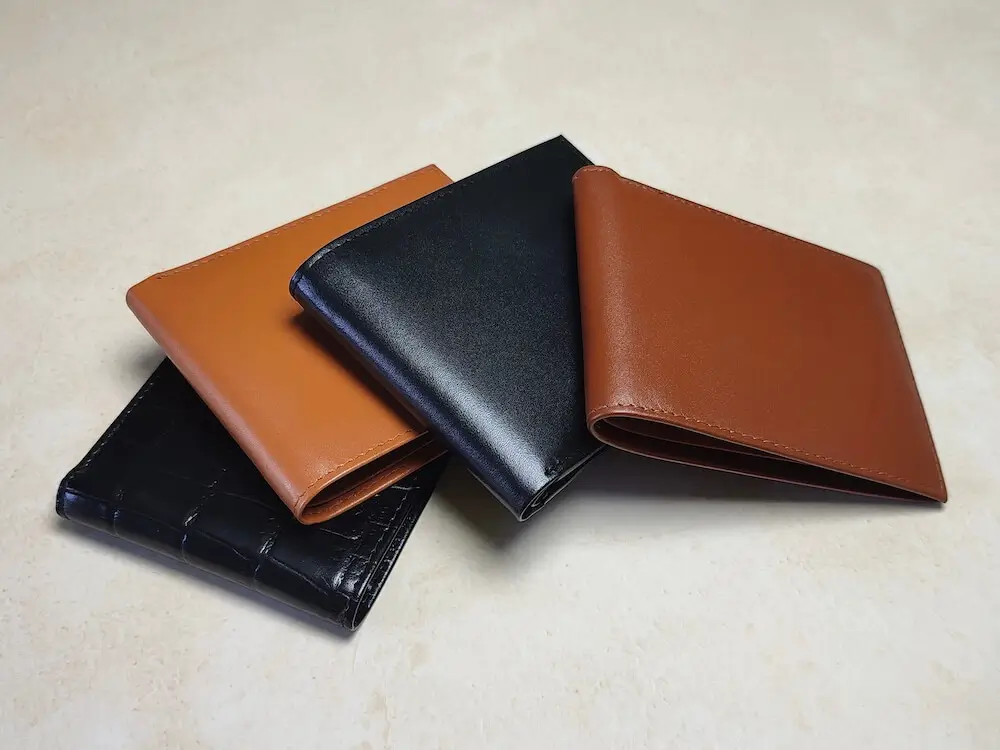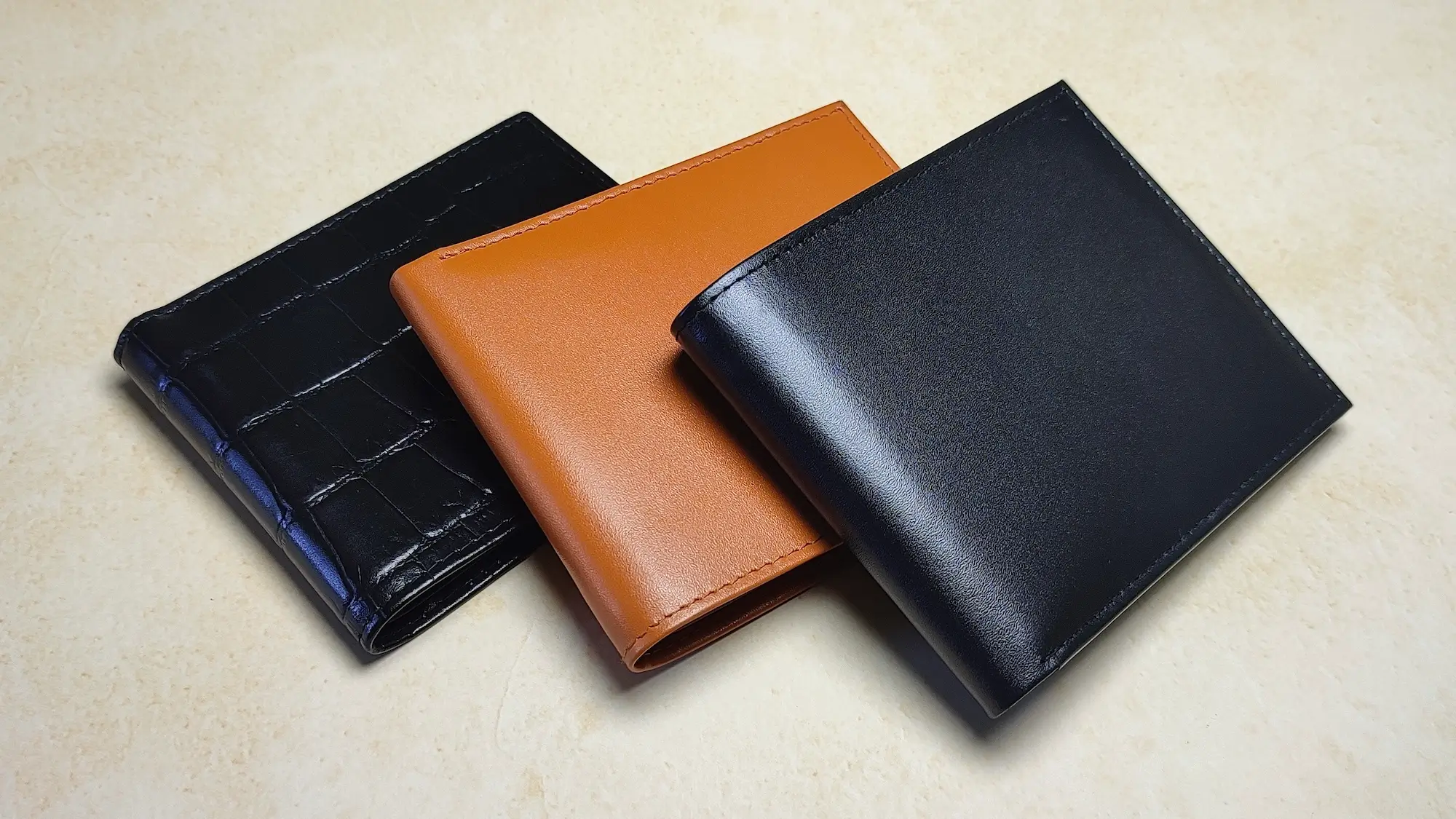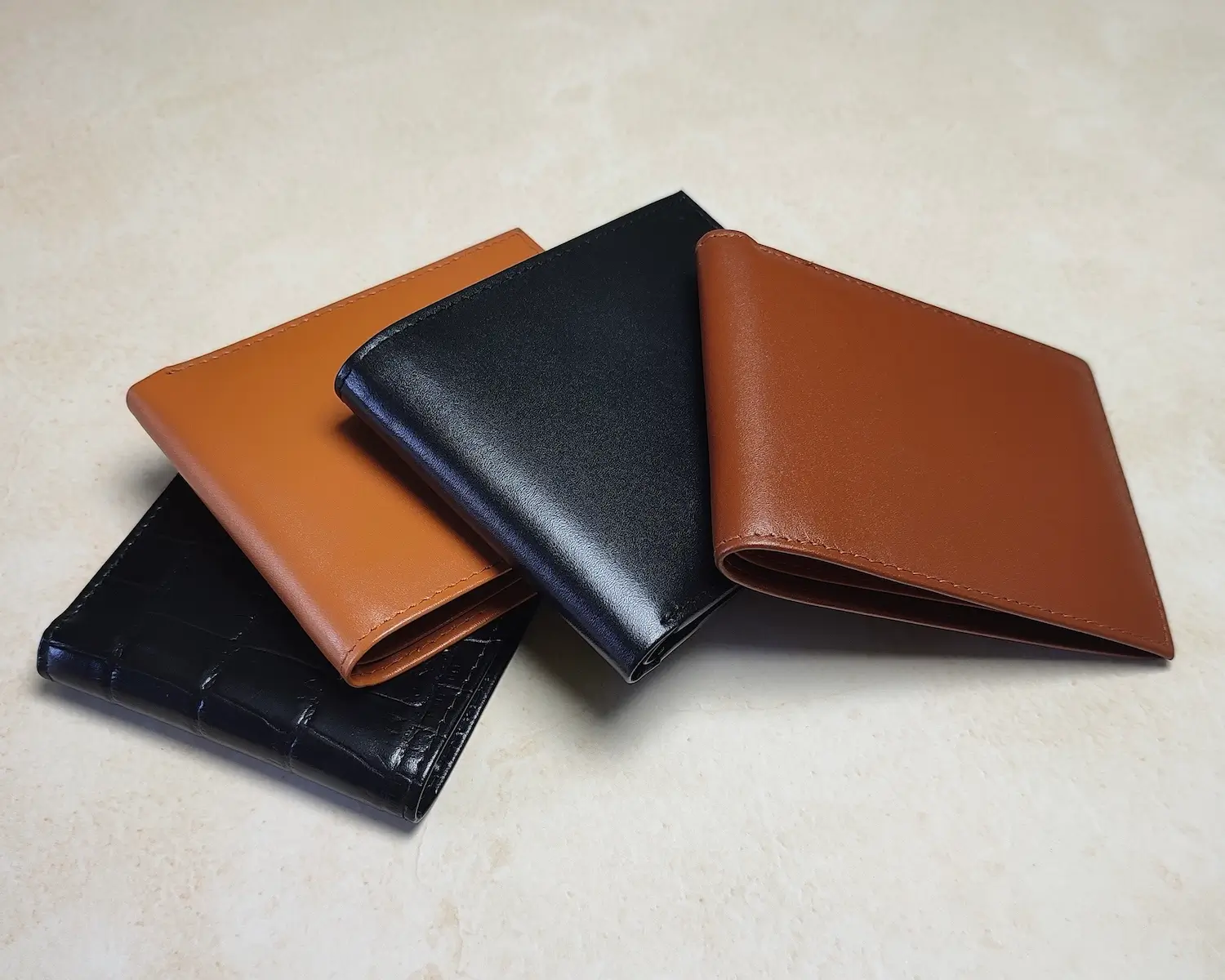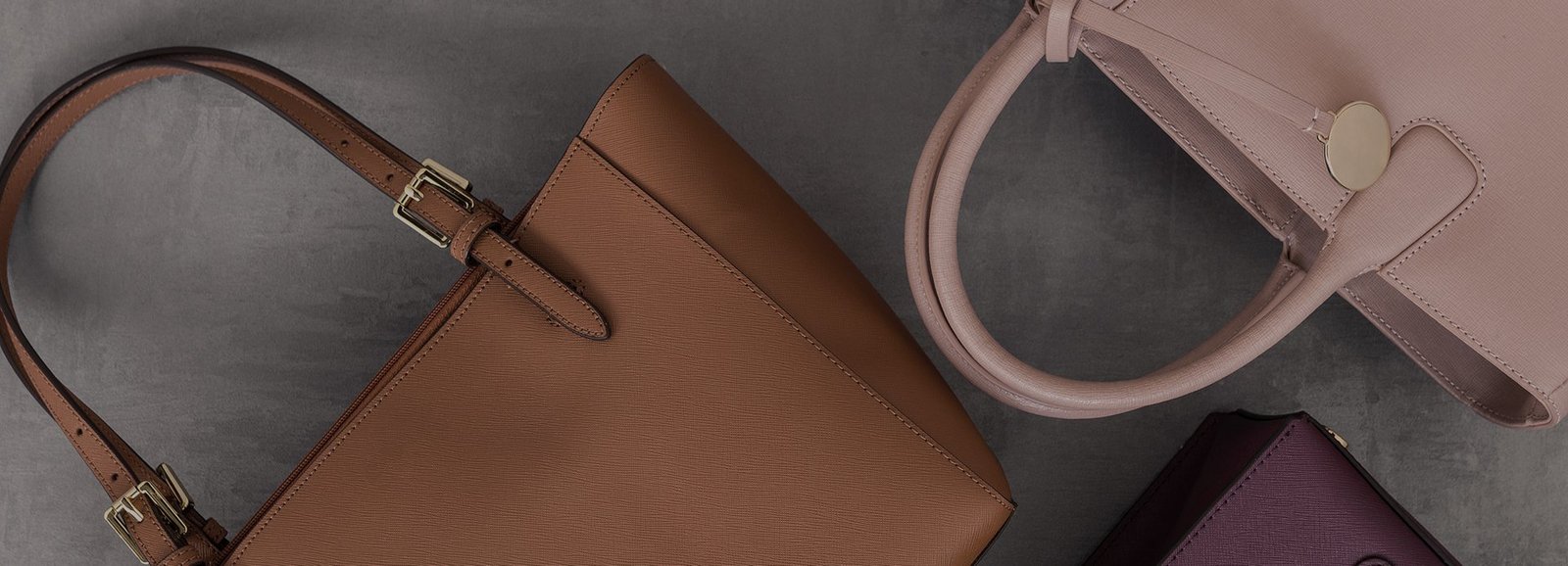Craftsmanship & Heritage
The Leather Tanning Process Explained: From Raw Hide to Premium Leather
Introduction
Leather tanning is a centuries-old craft that transforms raw animal hides into durable, flexible, and aesthetically pleasing material. This intricate process is essential for producing leather that stands the test of time, whether used in fashion, furniture, or accessories.
In this guide, we’ll explore how tanning works, the different methods used, and its impact on leather quality.
What Is Leather Tanning?
Leather tanning is the process of treating animal hides to preserve and strengthen them for long-term use. Without tanning, hides would decompose quickly, making them unsuitable for most applications.
Definition and Purpose
Tanning stabilizes the proteins in rawhide, preventing decay and enhancing usability:
- Preservation: Stops biological degradation, extending the lifespan of the material.
- Transformation: Converts rawhide into a flexible, durable product suitable for various uses.
The Importance of Tanning in Leather Quality
Tanning directly affects leather’s final characteristics:
- Durability: Properly tanned leather resists moisture, wear, and environmental factors.
- Texture and Flexibility: Tanning methods influence the leather’s softness and pliability.
- Aesthetic Appeal: Tanning enhances the color, grain, and overall appearance of the leather.
A Brief History of Leather Tanning
The art of tanning dates back thousands of years:
- Ancient Techniques: Early civilizations used plant-based tannins to treat hides for clothing and tools.
- Industrial Revolution: Introduced chemical tanning methods, significantly speeding up production.
- Modern Advances: Today’s tanneries use a mix of traditional and innovative techniques to meet diverse demands.
Types of Leather Tanning Processes
Different tanning methods produce leather with distinct qualities, suited to specific applications.
Vegetable Tanning
Vegetable tanning is one of the oldest and most eco-friendly methods:
- Materials Used: Relies on natural tannins from tree bark, leaves, and fruits.
- Characteristics: Produces firm, durable leather that develops a rich patina over time.
- Applications: Ideal for belts, wallets, and furniture.
Chrome Tanning
Chrome tanning is the most widely used modern tanning method:
- Materials Used: Utilizes chromium salts for quick and efficient tanning.
- Characteristics: Produces soft, lightweight leather with excellent water resistance.
- Applications: Commonly used for fashion items like jackets, handbags, and footwear.
Aldehyde and Synthetic Tanning
A less common method, aldehyde tanning uses synthetic chemicals:
- Characteristics: Creates white leather known as “wet white,” free from heavy metals.
- Applications: Preferred for baby shoes and automotive interiors.
Combination Tanning
Blending vegetable and chrome tanning offers the best of both methods:
- Characteristics: Combines durability with softness and versatility.
- Applications: Often used for high-end accessories and bespoke leather goods.
The Step-by-Step Process of Leather Tanning
Leather tanning is a multi-step process requiring precision and expertise. Each stage contributes to the final quality of the leather.
Step 1: Preparing the Hide
Preparation ensures the rawhide is clean and ready for tanning:
- Dehairing: Removing hair and excess tissue from the hide.
- Cleaning: Washing the hide to eliminate dirt, blood, and fats.
- Soaking: Softening the hide for easier processing.
Step 2: Soaking and Liming
This stage prepares the hide for tanning by removing unwanted materials:
- Lime Treatment: Soaking hides in lime solutions to remove proteins and fats.
- Fleshing: Scraping off any remaining tissue for a clean surface.
Step 3: Tanning
The tanning stage transforms the hide into leather:
- Immersion: Hides are soaked in tanning agents, either natural tannins or chemical solutions.
- Timeframe: Vegetable tanning takes weeks, while chrome tanning can be completed in a day.
- Transformation: The leather becomes supple, durable, and resistant to decay.
Step 4: Drying and Conditioning
After tanning, the leather is dried and softened:
- Drying Methods: Hides are air-dried or pressed to remove excess moisture.
- Conditioning: Oils and waxes are applied to restore flexibility and enhance texture.
Step 5: Finishing
The final stage involves enhancing the leather’s appearance and usability:
- Dyeing: Adding color for aesthetic appeal.
- Embossing: Creating patterns or textures on the surface.
- Protective Coating: Applying sealants to improve durability and water resistance.
How Tanning Impacts Leather Quality
The tanning process determines the functionality and appearance of leather, making it suitable for a wide range of uses.
Durability and Longevity
- Moisture Resistance: Tanned leather is less prone to water damage.
- Wear Resistance: Enhanced toughness prevents cracking and tearing over time.
Aesthetic Qualities
- Grain and Texture: Tanning preserves the natural grain while improving the leather’s feel.
- Color Variety: Different methods allow for a wide range of hues, from natural tones to bold colors.
Suitability for Different Applications
- Fashion: Chrome-tanned leather offers the flexibility needed for clothing and accessories.
- Craftsmanship: Vegetable-tanned leather is ideal for carving, embossing, and high-end goods.
Challenges and Sustainability in Leather Tanning
The leather tanning industry faces challenges related to environmental impact, but innovative practices are paving the way for a more sustainable future.
Environmental Concerns in Tanning
Traditional tanning processes, particularly chrome tanning, can have significant ecological drawbacks:
- Water Usage: Large amounts of water are required for soaking and tanning hides.
- Chemical Runoff: Chromium salts and other chemicals used in tanning can contaminate water sources if not managed properly.
- Waste Management: The disposal of byproducts such as flesh, hair, and fats adds to the industry’s environmental footprint.
Sustainable Tanning Practices
Tanneries and brands are adopting more eco-friendly methods to minimize their impact:
- Vegetable Tanning: Relies on renewable, biodegradable tannins from plants, eliminating the need for harmful chemicals.
- Water Recycling: Advanced systems allow tanneries to reuse water, reducing overall consumption.
- Waste Repurposing: Byproducts are used in other industries, such as pet food and biofuel production, to minimize waste.
Innovations in Eco-Friendly Leather
The leather industry is exploring alternative materials and technologies to promote sustainability:
- Lab-Grown Leather: Created from cultured cells, offering an ethical and eco-friendly alternative to traditional hides.
- Plant-Based Leather: Materials derived from mushrooms, pineapple leaves, and cactus offer comparable durability and aesthetics.
- Cleaner Chemicals: Innovations in tanning chemicals aim to reduce toxicity and environmental harm.
FAQs About Leather Tanning
-
What is the difference between chrome and vegetable tanning?
Chrome tanning uses chemical agents for faster processing, resulting in soft and flexible leather. Vegetable tanning employs natural tannins for eco-friendly production, producing firmer leather that develops a patina over time. -
How long does the leather tanning process take?
Chrome tanning typically takes one to two days, while vegetable tanning is a more time-intensive process, lasting several weeks. -
Is all leather tanned?
Yes, all leather must be tanned to stabilize the hide and make it durable. Untanned hides, known as rawhide, are not suitable for most applications due to their tendency to decompose. -
What makes tanned leather more durable than rawhide?
Tanning strengthens the hide by bonding its fibers, making it resistant to moisture, wear, and decay, unlike untreated rawhide. -
How is the tanning industry addressing environmental concerns?
Through sustainable practices like vegetable tanning, water recycling, waste repurposing, and innovations in alternative materials, the industry is reducing its ecological footprint.
Conclusion
The leather tanning process is a blend of traditional craftsmanship and modern innovation, transforming raw hides into durable, versatile, and beautiful materials. From vegetable tanning’s eco-friendly appeal to chrome tanning’s efficiency, each method offers unique benefits suited to various applications.
Despite its challenges, the industry is evolving with sustainable practices and alternative technologies, ensuring leather continues to be a cherished material for generations. Understanding the tanning process not only highlights the complexity behind leather goods but also helps consumers make informed choices when purchasing high-quality, responsibly sourced products.
FAQ : Frequently Asked Questions
The Leather Tanning Process Explained: From Raw Hide to Premium Leather
Answer:
Chrome tanning uses chemical agents for faster processing, resulting in soft and flexible leather. Vegetable tanning employs natural tannins for eco-friendly production, producing firmer leather that develops a patina over time.
Answer:
Chrome tanning typically takes one to two days, while vegetable tanning is a more time-intensive process, lasting several weeks.
Answer:
Yes, all leather must be tanned to stabilize the hide and make it durable. Untanned hides, known as rawhide, are not suitable for most applications due to their tendency to decompose.
Answer:
Tanning strengthens the hide by bonding its fibers, making it resistant to moisture, wear, and decay, unlike untreated rawhide.
Answer:
Through sustainable practices like vegetable tanning, water recycling, waste repurposing, and innovations in alternative materials, the industry is reducing its ecological footprint.



